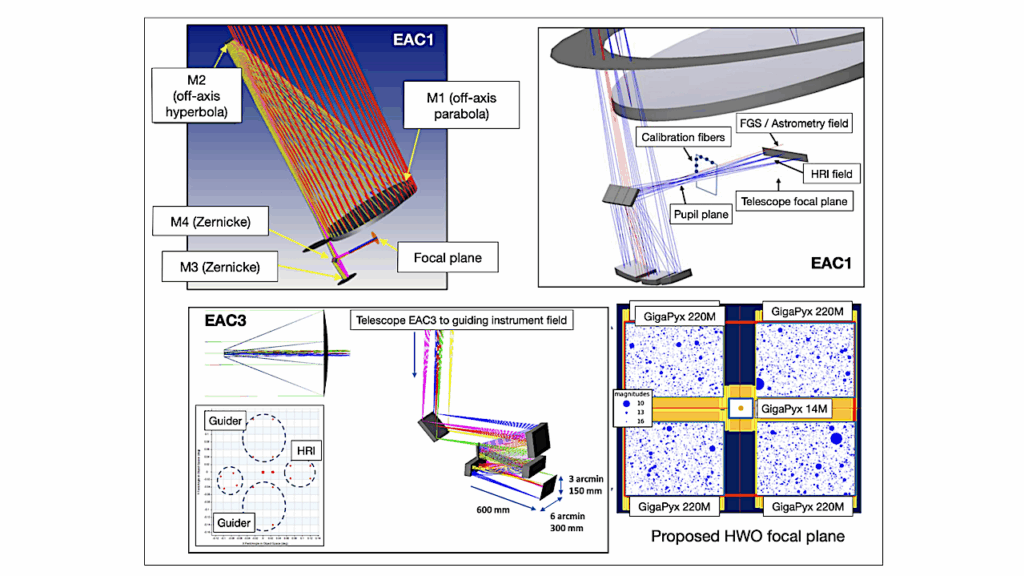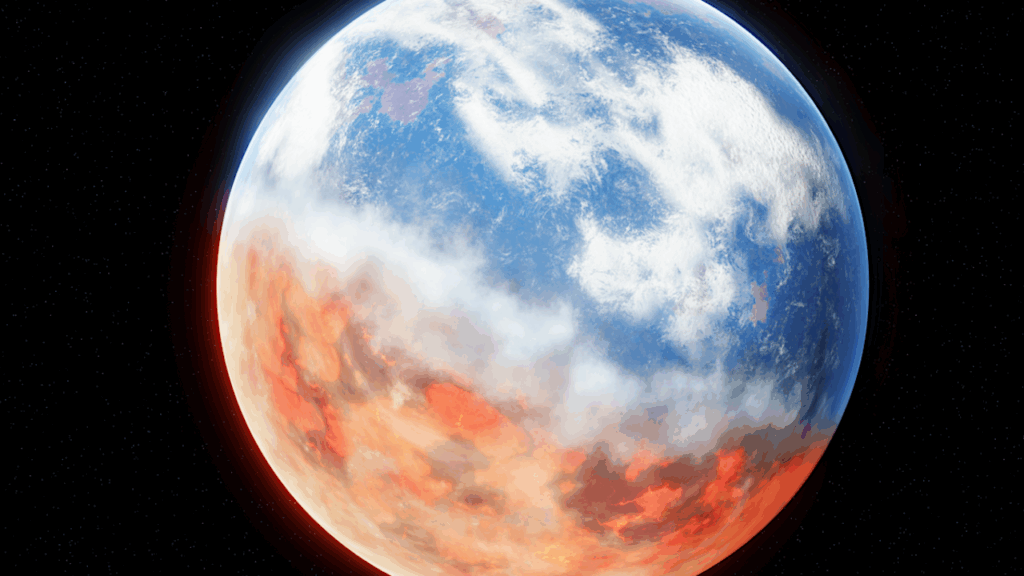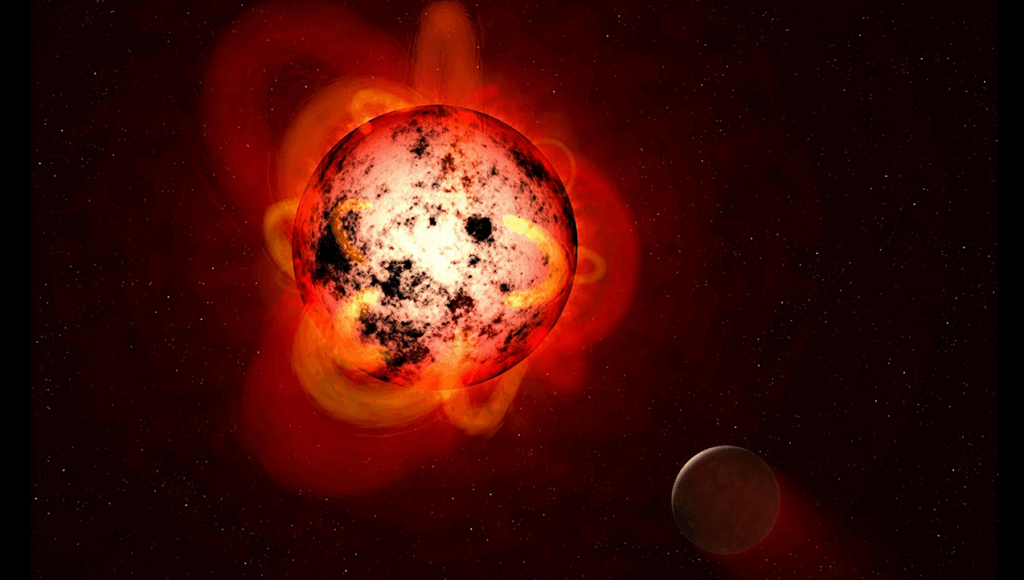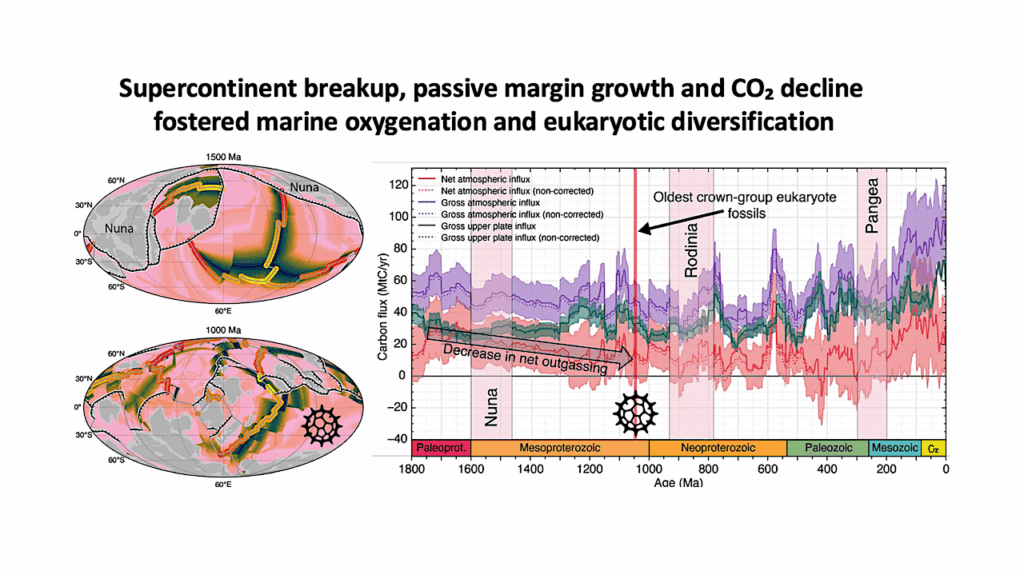High pCO2 Reduces Sensitivity To CO2 Perturbations On Temperate, Earth-like Planets Throughout Most Of Habitable Zone

The nearly logarithmic radiative impact of CO2 means that planets near the outer edge of the liquid water habitable zone (HZ) require ∼106x more CO2 to maintain temperatures conducive to standing liquid water on the planetary surface than their counterparts near the inner edge.
This logarithmic radiative response also means that atmospheric CO2 changes of a given mass will have smaller temperature effects on higher pCO2 planets. Ocean pH is linked to atmospheric pCO2 through seawater carbonate speciation and calcium carbonate dissolution/precipitation, and the response of pH to changes in pCO2 also decreases at higher initial pCO2.
Here, we use idealized climate and ocean chemistry models to demonstrate that CO2 perturbations large enough to cause catastrophic changes to surface temperature and ocean pH on low-pCO2 planets in the innermost region of the HZ are likely to have much smaller effects on planets with higher pCO2. Major bouts of extraterrestrial fossil fuel combustion or volcanic CO2 outgassing on high-pCO2 planets in the mid-to-outer HZ should have mild or negligible impacts on surface temperature and ocean pH. Owing to low pCO2, Phanerozoic Earth’s surface environment may be unusually volatile compared to similar planets receiving lower instellation.
R.J. Graham
Comments: Submitted November 30, 2020; Reviews received March 23rd, 2021; Resubmitted April 2, 2021
Subjects: Earth and Planetary Astrophysics (astro-ph.EP)
Cite as: arXiv:2104.01224 [astro-ph.EP] (or arXiv:2104.01224v1 [astro-ph.EP] for this version)
Submission history
From: R.J. Graham
[v1] Fri, 2 Apr 2021 19:55:10 UTC (631 KB)
https://arxiv.org/abs/2104.01224
Astrobiology








